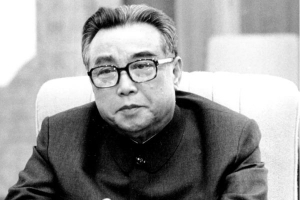Top 12 Interesting Facts about Pocahontas
One of the most famous Native Americans in history is Pocahontas. Her tale has become part of American legend, and in popular culture, she is frequently ... read more...portrayed as a princess and a hero. Despite passing away at a very young age, Pocahontas had a significant impact. Twelve interesting facts about Pocahontas are provided below.
-
Amonte was a small child when she was born in 1596 to a woman named Pocahontas and Chief Powhatan Wahunsenaca. He was in charge of the Powhatan tribe's other leaders. A total of 25,000 people lived there, with 30 lower-ranking chiefs serving under Pocahontas' father. Her real name was Amonute, one of the interesting facts about Pocahontas. Matoaka, which translates to "flower between two streams," was another name for her. Some reports claim that she was given this name because she was born between the Mattaponi and Pamunkey rivers. She went by the moniker Pocahontas, which translates to "playful one" or "ill-behaved youngster."
Amonte was named Pocahontas because of her lively personality, according to a colonist named William Strachey, who said she enjoyed playing with guys. Because of a superstitious worry that they may hurt her if they found out her true identity, she hid it from the English colonists. It's also unknown when year Pocahontas was born. Pocahontas' description by John Smith in A True Relation of Virginia in the year 1608 as a youngster of approximately ten years confirms that she was born in or around 1596. In contrast, Smith stated in a letter to the Queen in 1616 that Pocahontas was a young kid between the ages of 13 and 14, which effectively defied his earlier assertion.
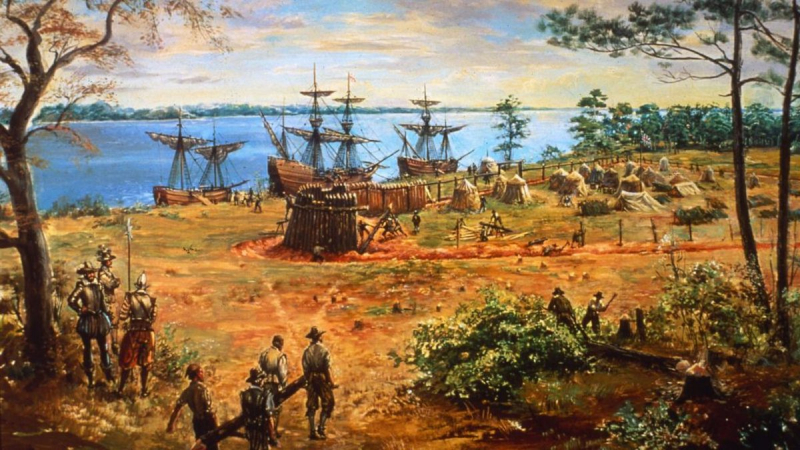
www.americanindianmagazine.org 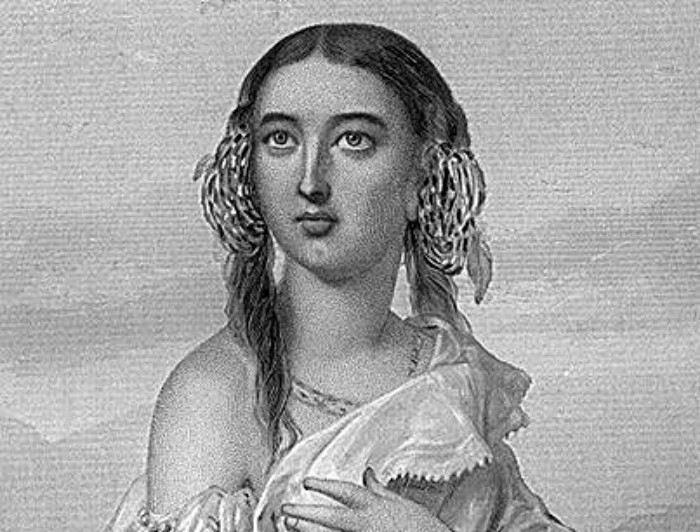
www.americanindianmagazine.org -
Powhatan was the strong leader of the tribal country of Powhatan, which included more than 30 Algonquian-speaking tribes, and Pocahontas was his favorite daughter. Because of their language, the Powhatans, who are native to eastern Virginia, are often referred to as the Virginia Algonquians. She could have had greater privileges than her classmates because she was Chief Powhatan's daughter. She was nonetheless required to learn tasks carried out by women in the tribes, such as farming, cooking, gathering herbs, etc. The mother of Pocahontas is thought to be of low rank because she hasn't been identified or referenced frequently in any historical records. It's often accepted that her mother, Chief Powhatan's first wife, passed away while giving birth to Pocahontas. Little is known about Pocahontas's early years.
Except for the fact that they had the same vivacious, fun demeanor and nickname, Pocahontas' mother is not mentioned in any documents. The Chief Powhatan was said to have several wives, according to tradition. When one of the wives became pregnant, she would return to one of the 30 tribes from whence she originally hails and give birth to the chief's kid. She was expecting to nurse the child after giving birth. When the kid was old enough to be weaned, they were taken back to the Chief Powhatan to live with their half-siblings. After fulfilling her obligation, she was free to marry another man, engage in romantic activity, and have additional children without being pressured to return to the Chief Powhatan. But since Pocahontas' mother is never mentioned, a lot of historians think that she could have passed away after delivery. Alternatively, it's possible that she was still alive and just declined to see the kid she abandoned.
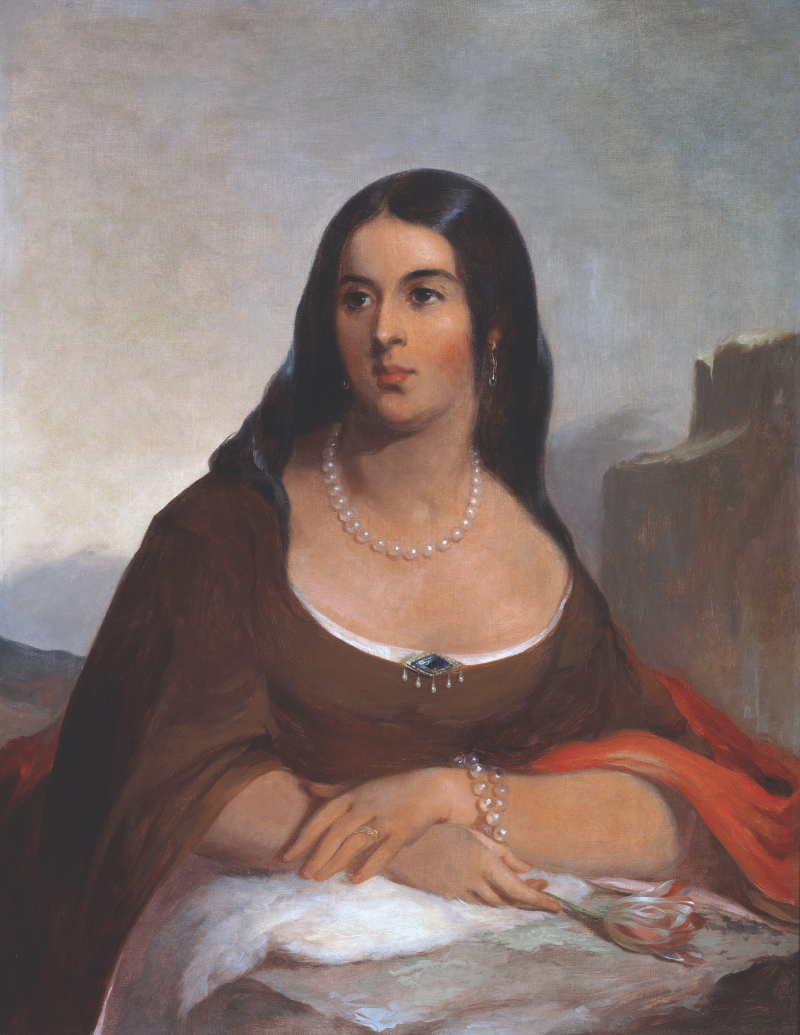
www.timetoast.com 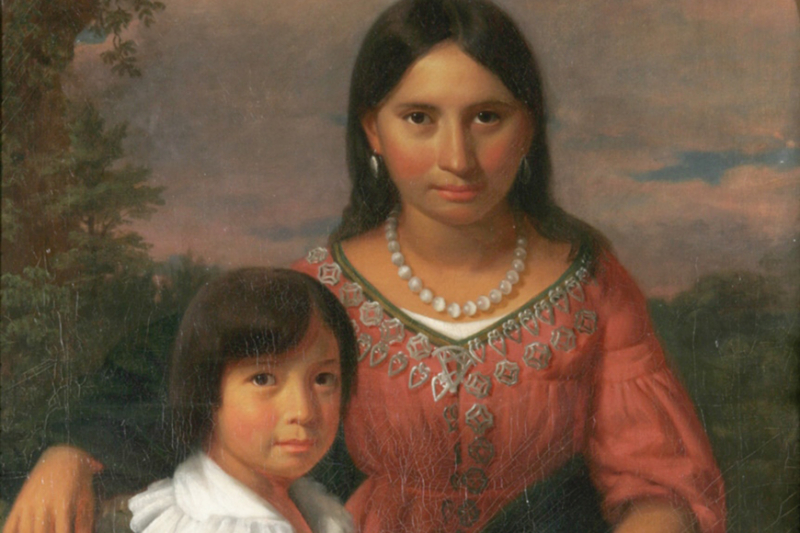
www.timetoast.com -
In May 1607, Captain John Smith and around 100 other English immigrants made their way to Virginia. They established a fort on a peninsula along the James River, and while they were cordial with certain Indians, they were hostile to others. Opechancanough, the younger brother of Powhatan, seized Captain John Smith in December 1607 when he was on a hunting expedition near the Chickahominy River. The chief was waiting for him when he was taken to Werowocomoco. The historical community vigorously disputes and debunks what happened thereafter. Smith said that his brain was going to be bludgeoned and that his head was resting on a stone. To prevent his death, Pocahontas, the chief's closest daughter, "took his head in her arms and lay her down upon his." After that, Chief Powhatan determined Smith should live.
Many movies have recreated this sequence, and some people think it is a particularly endearing aspect of Pocahontas' persona. However, historians who focus on Native American culture at the time had a very difficult time accepting the idea that Pocahontas would have risked her life to save a white man. It was so far outside the bounds of what was seen as usual at the time that she was a very young girl. The majority of contemporary historians think that Smith's story is a hoax.
Numerous accounts in John Smith's publications about discovering New York were subsequently revealed to be embellishments of the facts. For instance, he claimed to have seen mermaids and maintained that they were genuine, but they were manatees. Historiographers argue that he crafted tales that he was aware would generate substantial book sales.
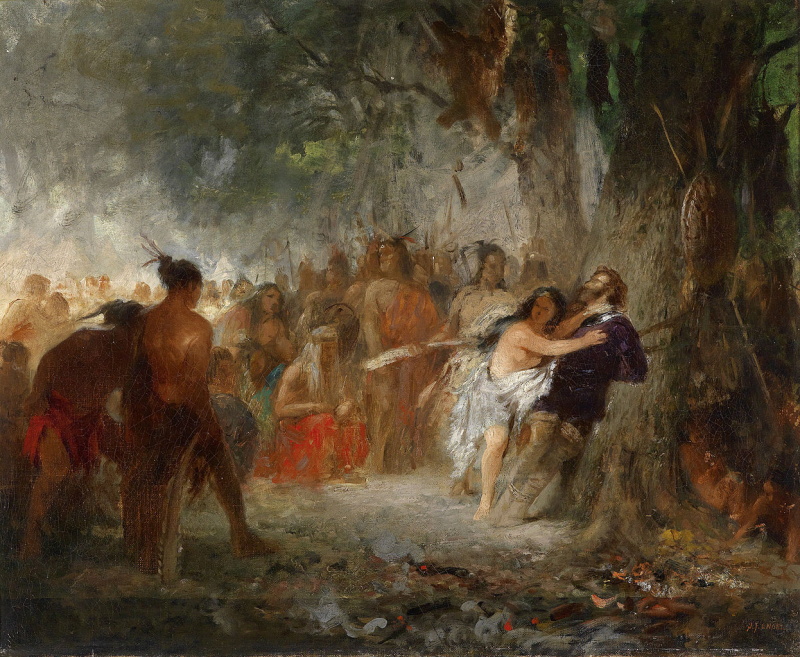
www.timetoast.com 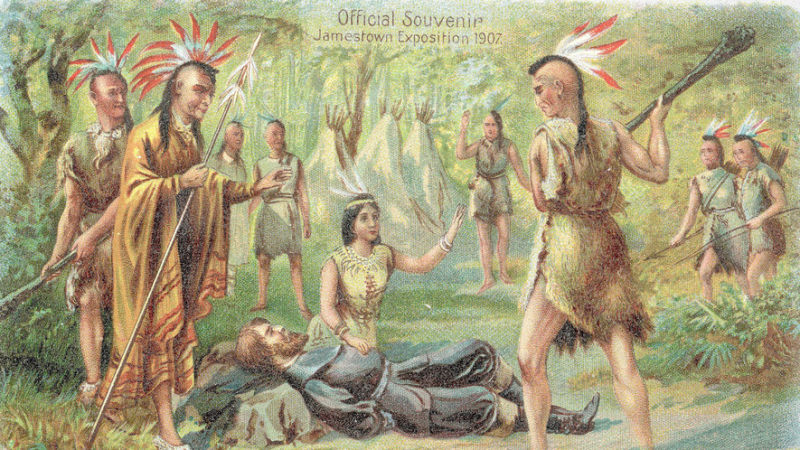
www.timetoast.com -
She is a mature lady who falls in love with John Smith in the Disney adaptation of Pocahontas. This couldn't be further from the truth in reality. John Smith first encountered the Powhatan tribe when he was 27 years old, and Pocahontas was between the ages of 9 and 11. Additionally, he terrified the communities by breaking into people's homes at night and demanding supplies while holding guns to their heads. After being detained, John Smith was finally taken into custody for attempted murder. It only makes sense that Smith chose to depict himself as the protagonist of the tale as opposed to a thief who was attempting to take from helpless victims.
When the Spanish started attacking the Powhatan tribe, Pocahontas' father finally consented to collaborate with John Smith. Spain was a shared adversary, thus they were able to cooperate to ward them off. They started coexisting peacefully after Chief Wahunsenaca proclaimed John Smith to be the leader of the white men.
Young Pocahontas was described by John Smith as bringing food to the settlers and playing with English settlers' kids. But this might also be a falsehood. She was 12 miles from Jamestown, and a big river separated the two. She would have had to go against her father's wishes, go back and forth perhaps for days, and carry a canoe over the river.
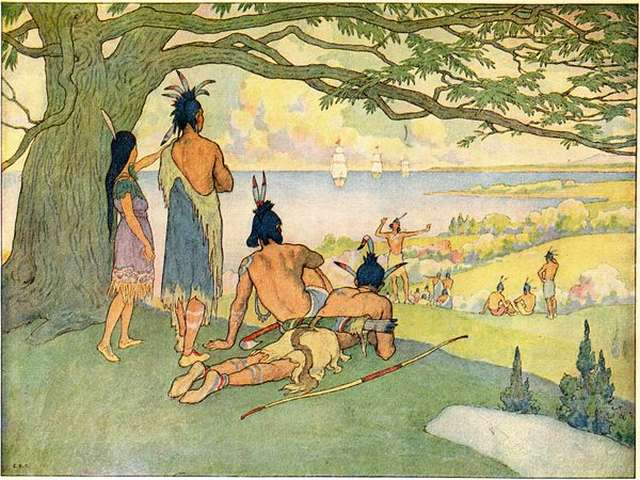
www.pinterest.com 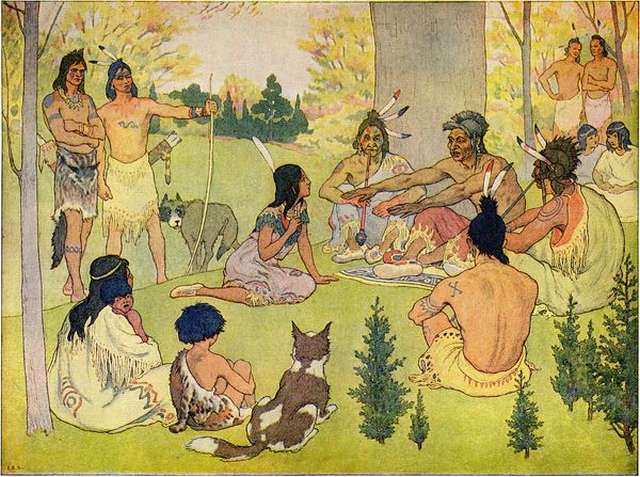
www.pinterest.com -
She experienced a coming-of-age ceremony when she was recognized as a lady when she was 14 years old. Considering that she felt most like herself when given the name "Pocahontas," which Native Americans can pick at this time, she decided that she formally wanted to be given the name. She was wed to Kocoum, a Powhatan after she had become a woman, who was the brother of Japasaw, the chief of one of the surrounding villages. Kocoum was a Powhatan. In the Disney movie, Kocoum is shown as being quite solemn and not at all what Pocahontas was hoping for in a man. This is untrue.
Although there is little information about their connection, Pocahontas probably had her pick of possible suitors given that she was the popular daughter of the chief. Kocuom and Pocahontas had a daughter together after Pocahontas relocated to the community controlled by Chief Japasaw. She would have been ready to begin her life as a young mother in the Powhatan tribe at this moment. She relocated to a community that was nearer Jamestown than the one where she had previously lived with her father. So, compared to when John Smith initially came, she could have had more interactions with the settlers by this time.
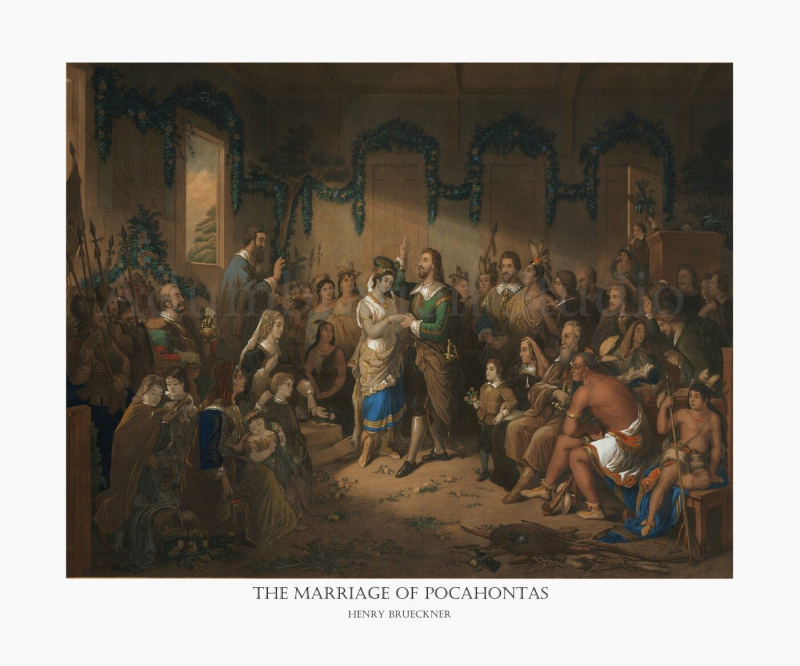
www.pinterest.com 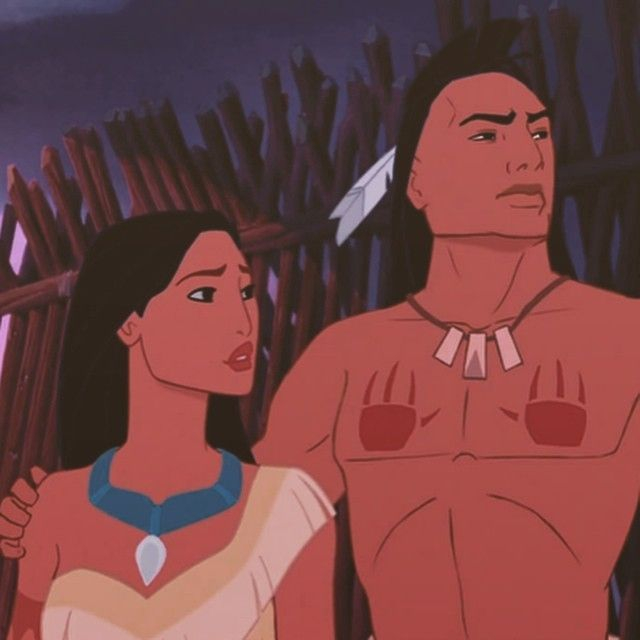
www.pinterest.com -
The Powhatan people would frequently leave their clothing at home during the summer since it was so hot. While the Native Americans considered this to be natural, the male European immigrants had sexually perverted tendencies and would kidnap women and children to rape them. Although rape was a crime in England, males seldom ever ended themselves in jail for the offense. If a male sexually assaulted a woman, he typically got away with it by alleging that she was lying or that they had sex voluntarily. A woman needed to establish in court that the male had sexually assaulted her. It was impossible to prove without any witnesses in those days since DNA evidence did not yet exist.
Rape, however, was such a grave offense in Powhatan society that it was capital. They always believed what the woman said. They would never lie about anything like that, knowing the guy would die, because their culture values human life so highly. The Powhatans were prepared to fight since so many of their women had been violated by white males from Jamestown. Captain Samuel Argall kidnapped Pocahontas and held her captive to gain some influence. She had recently given birth to a child and was 16 years old at the time. If they even attempted retaliation, they vowed to murder her. The colonists of Jamestown informed Chief Japasaw of their demands. Pocahontas gave her little daughter over to the local ladies, and she was never seen again. She was taken prisoner by the Jamestown soldiers and placed in the jail cell at the bottom of Captain Argall's ship.
Chief Japasaw, her brother-in-law, believed they were just holding her a hostage while the matter was being resolved. He had enough confidence in people to believe that they would never genuinely abduct a young mother with an unweaned newborn. He also didn't want to do something that might end up killing Pocahontas. Therefore, neither her father nor Japasaw sent any troops after them. The soldiers from Jamestown slaughtered Pocahontas' spouse in front of her despite his best efforts to save her.
She was unhappy and stopped eating while she was a prisoner on the boat. The English sought to preserve her life since she was a captive. In the hopes that it might cheer her up enough to eat, they let her sister come and see her. She revealed to her sister that she had been sexually assaulted by several guys, who had also informed her that her father did not adore her and would therefore not intervene to save her. She was reassured by Pocahontas' sister that this was untrue and that they adored and missed her greatly. She was kept in detention while carrying a child for one of her abusers.
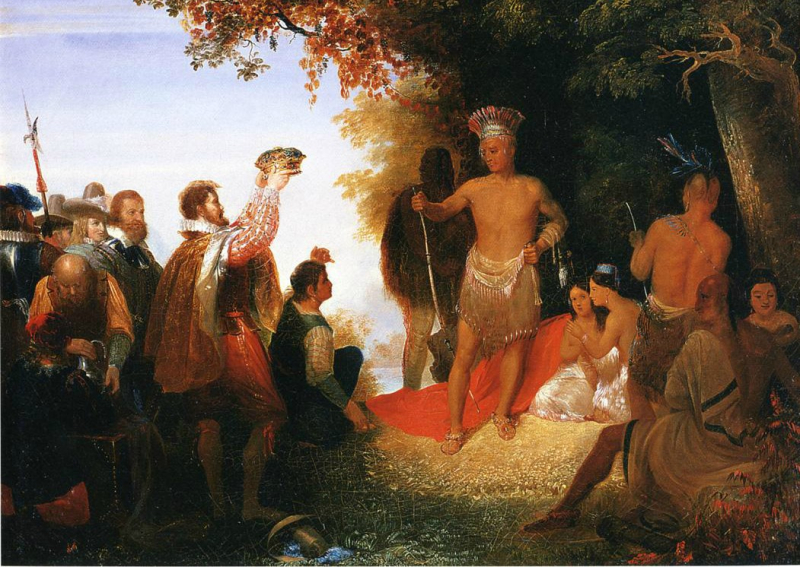
www.factinate.com 
www.factinate.com -
One of the interesting facts about Pocahontas is she was baptized as a Christian. Pocahontas' captors coerced her into becoming a Christian to make her more "civilized." They changed her name to "Rebecca" after her baptism. Pocahontas was told by a pastor how much better life was in England, and he exhorted her to study the Bible and immigrate to Europe.
One of the only ways that white people in the western world could ever be persuaded that a "savage" was genuinely "civilized" was via conversion to Christianity. They believed that if they could comprehend spirituality and the ideas of a higher entity, it would make them more human. White people were able to rest since Pocahontas was perceived as a "good" Christian who would uphold the Ten Commandments as a result of her conversion to Christianity.
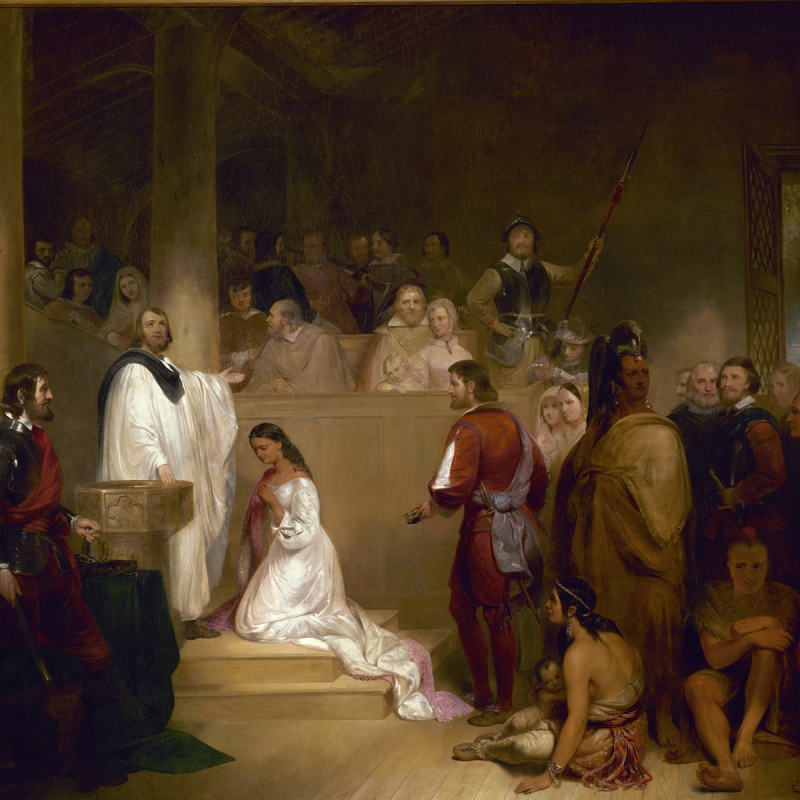
www.journeyinlife.net 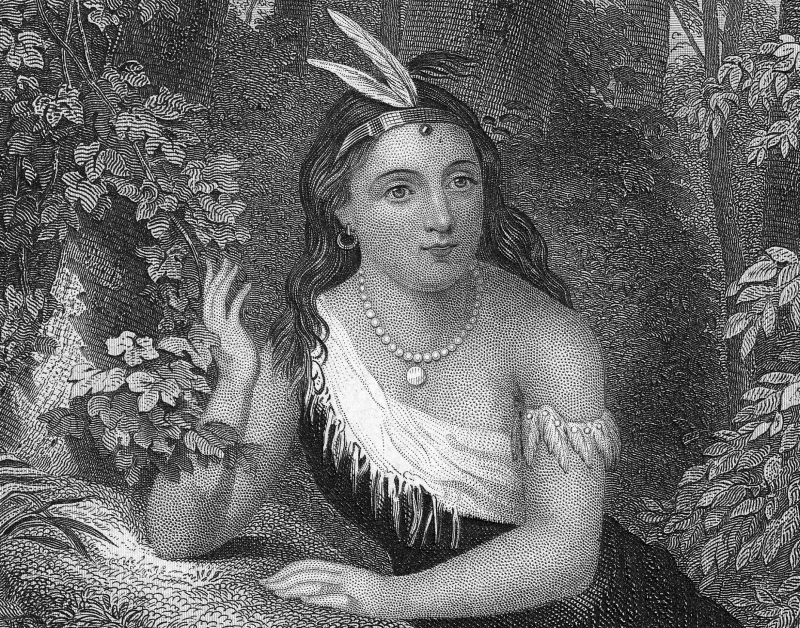
www.factinate.com -
The colonists at Jamestown struggled with how to handle their connection with the Powhatan tribe during the entirety of her time in captivity. Tobacco was now a very lucrative crop for Jamestown, and they frequently shipped it to England. The royal family and the general people wished to maintain peace and treat the locals with respect back home in England. To show that they had a good connection with the Native Americans, they determined that the best line of action was to send Pocahontas, her son Thomas, and her sister over to England.
Her captors wanted to be sure Pocahontas could truly converse with the English before they showed her to the rest of society. She was so given English language instruction. Because of her high intelligence, she picked up the language fast and was able to hold meaningful interactions with everyone she encountered in her new community.
Many English people had only heard about how brutal Native Americans were; they had never really encountered one. When they first encountered Pocahontas, she was speaking in English and donning appropriate attire for a woman of the time. She was a wonderful Christian woman, and everyone saw that these people were not wild animals. These were people who had the potential to be civilized. She evolved into a type of cultural mediator.
Pocahontas' father eventually mustered some men in 1614 and attempted to save her. Numerous guys perished as a result of this. When her captors eventually gave her father the chance to talk with her, she reportedly requested that he release her and let her travel to England. Pocahontas may have just wanted the conflict to end and didn't want more people to perish while fighting for her.
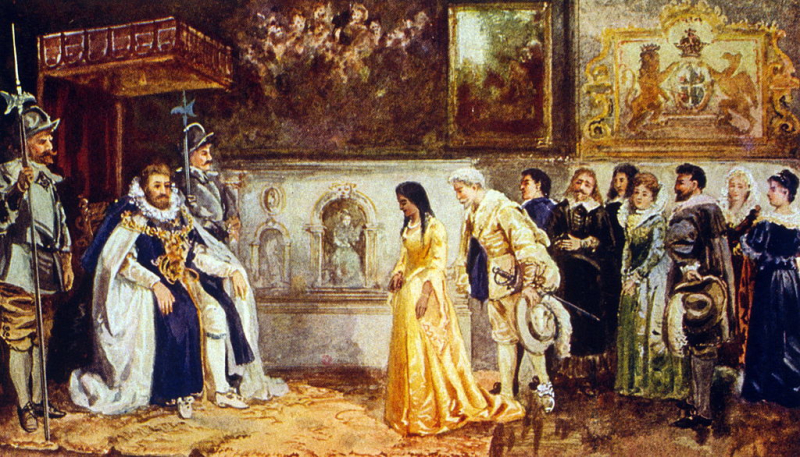
www.history.com 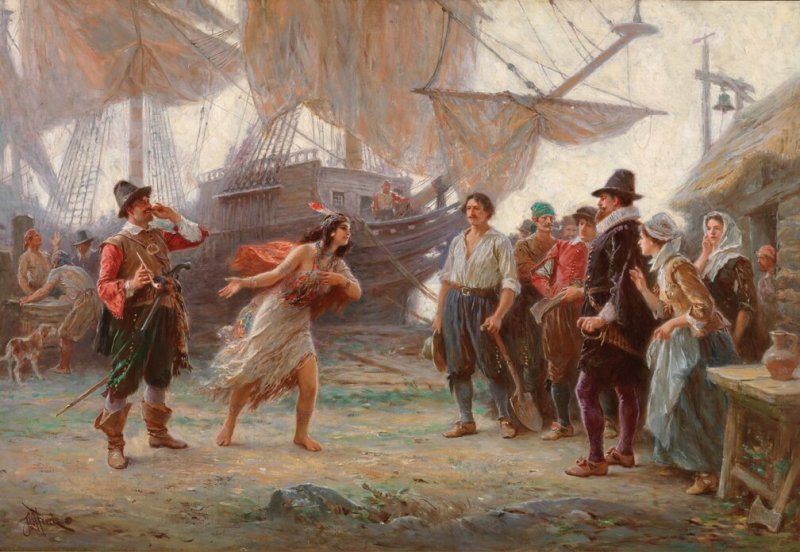
www.history.com -
Pocahontas encountered John Rolfe while she was a guest at Henricus. After the Sea Venture's crash on the Summer Isles, popularly known as Bermuda, Rolfe's English-born wife Sarah Hacker and child Bermuda had perished en route to Virginia. And Pocahontas had a previous marriage with her first husband Kococum, who also passed away. In Virginia, Rolfe founded the plantation Varina Farms, where he developed a novel tobacco breed. He was a devout man who worried about the moral ramifications of marrying a pagan, even though Pocahontas had converted to Christianity and adopted the name Rebecca upon baptism. He detailed his love for Pocahontas and his conviction that he would be preserving her soul in a lengthy letter to the governor asking for permission to marry her.
The couple was married on April 5, 1614, most likely at Jamestown. They resided at Varina Farms, across the James River from Henricus, for two years. Thomas, their son, was conceived in January 1615. Name the "Peace of Pocahontas" lasted for eight years and was brought about by their marriage between the tribes of Powhatan and the Jamestown colonists. "Since the wedding, we have had cordial commerce and trade," Ralph Hamor wrote in 1615, "not just with Powhatan but also with his subjects around us." Because "a commoner" had "the audacity" to wed a "royal," the marriage caused controversy in the British court at the time.
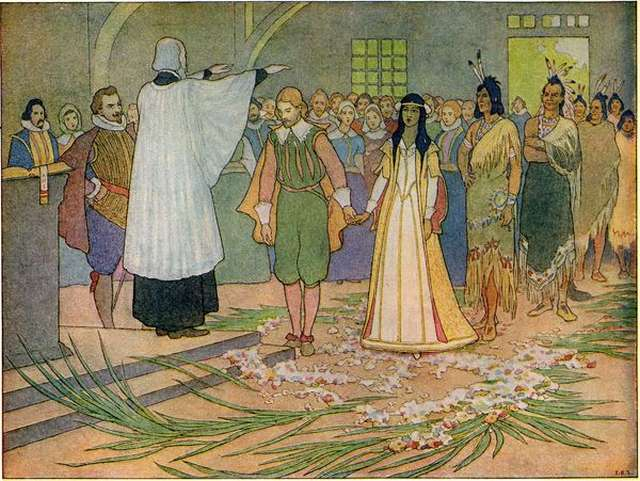
www.history.com 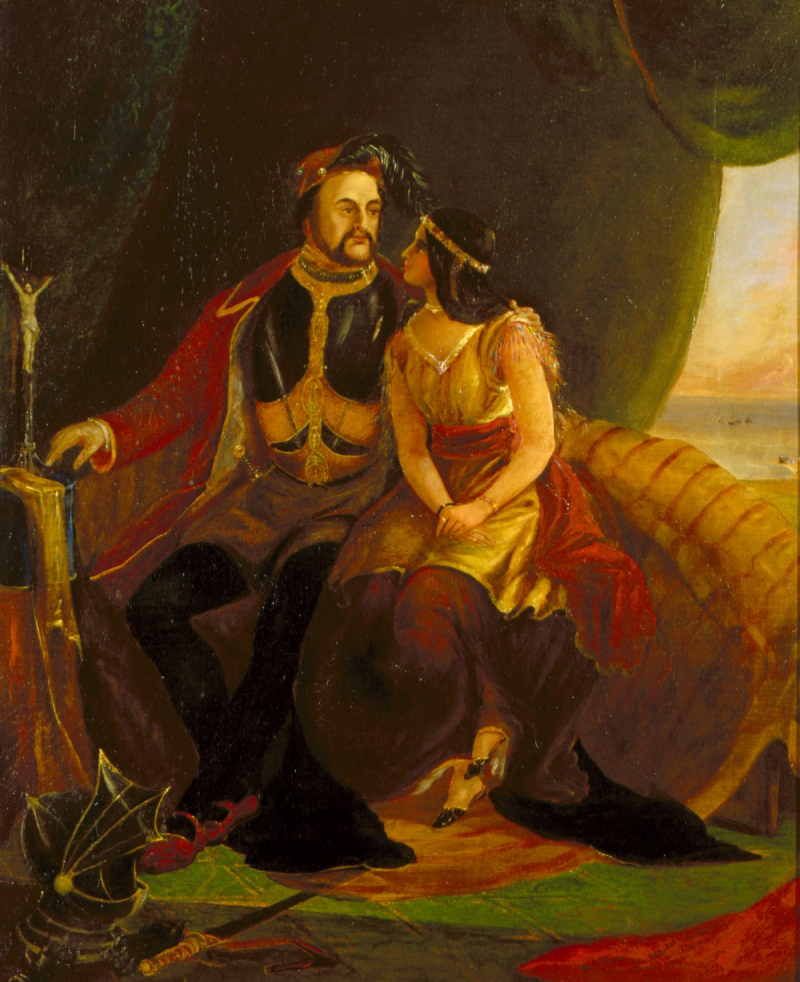
www.history.com -
The Virginia Company had the chance to demonstrate Pocahontas' transformation from her "savage" ways thanks to the marriage of Rolfe and Pocahontas. Thus, in 1616, the pair sailed for England. Along during the journey were eleven more Powhatans. Once in England, Pocahontas attended several social events. Because Pocahontas was the chief's daughter, they emphasized that she was similar to a princess when she was introduced to the English royal court, which is one of the interesting facts about Pocahontas. The stunning, articulate young person with black hair and caramel-colored complexion left everyone in awe. The Jamestown Colony gained enormous popularity among the English, who suddenly developed a need for knowledge about the New World. Many English people at the time had the mistaken impression that Powhatan was in charge of an empire in Virginia.
This might be a result of Captain Smith referring to her father in his letter as the "chief monarch." As a result, Pocahontas rose to prominence in England. However, many historians also contend that rather than showing respect for her ancestry, Pocahontas was approached with curiosity. She was generally referred to as "the Virginian woman" by Englishmen. Pocahontas also learned that John Smith was still alive while she was in London. She welcomed him with joy, but she also vented her rage at him for breaking his vows to her and her father.
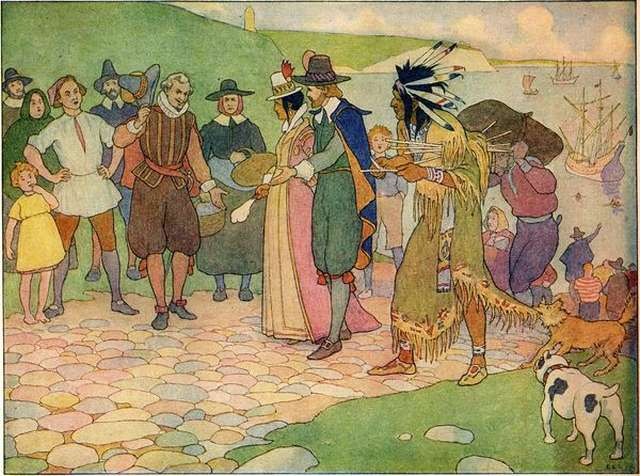
www.history.com 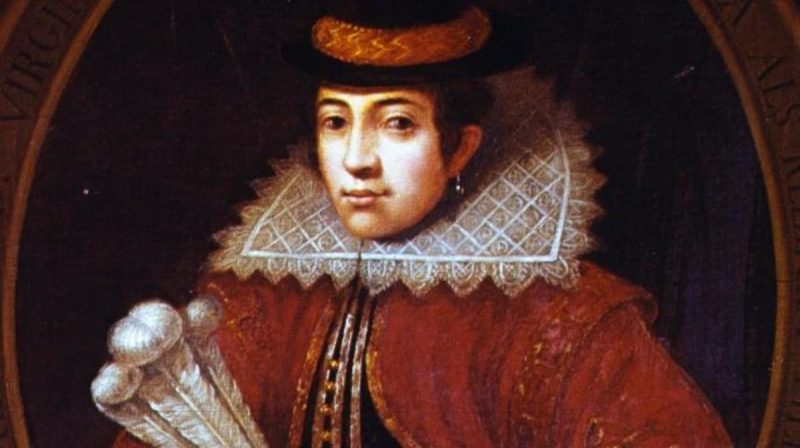
en.m.wikipedia.org -
Pocahontas begged John Rolfe to let her sail home to visit her family after fulfilling her role as the New World's peace emblem. She finally got the news that she could return to Virginia after five long years. She had just turned 21. With Captain Argall, they dined to celebrate. Keep in mind that Argall was the same person who held her prisoner and may have been one of the men who sexually assaulted her. She started vomiting blood the same night after consuming the food they had put in front of her. She passed away soon after their lunch. She allegedly had consumption, which was typical of the period, according to Rolfe and Argall.
She was just 21, therefore it was startling that she would pass away so quickly. Typically, TB kills a person over a very lengthy period. She was in excellent health in the days before her meal with Rolfe and Argall, according to her sister and the other locals who were with her in England. Many people think she was poisoned and the consuming explanation was just a convenient way out.
The other Native Americans who traveled to England with Pocahontas were also prohibited from going back. They were offered as circus entertainment. Pocahontas was lawfully wed to John Rolfe at that time, and the populace would have been incensed if she had been auctioned off since she was so well-known. The only way they could appear to quiet her permanently was to be to kill her and make it look like an illness.
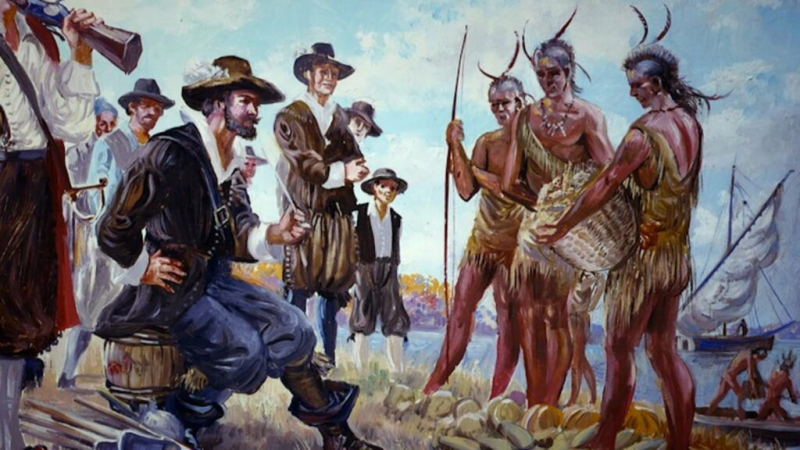
www.history.com 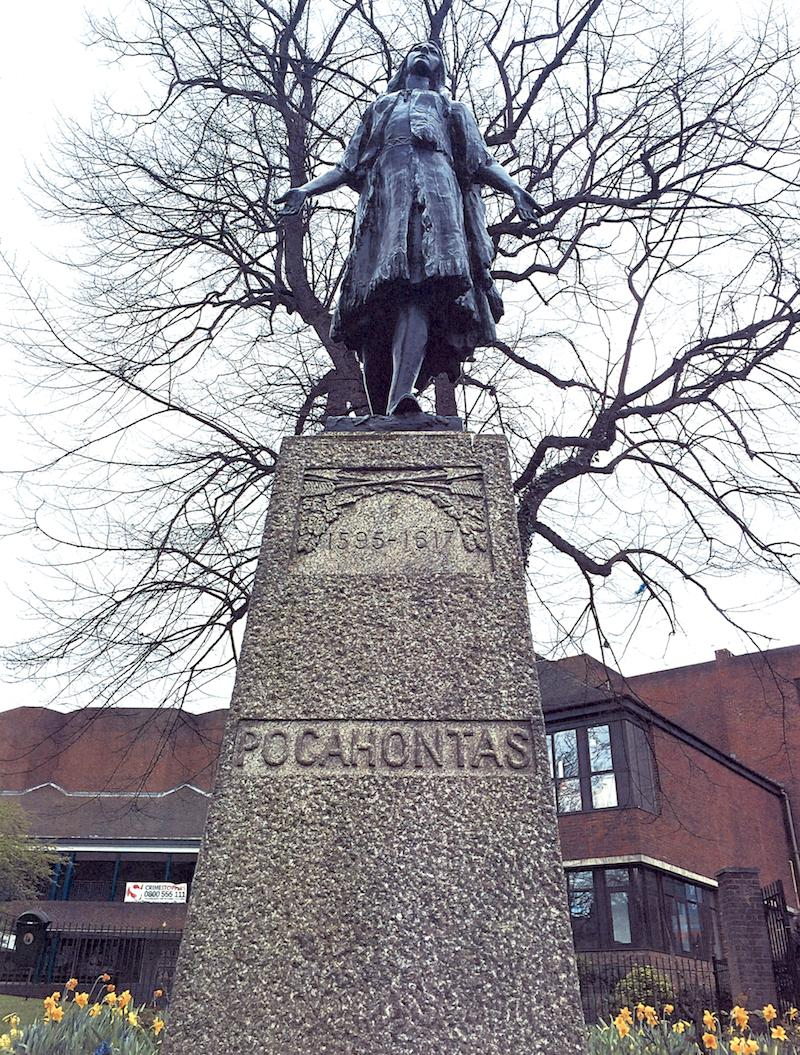
en.m.wikipedia.org -
Pocahontas' corpse was interred in England rather than returning to Virginia to be with her clan. The English wanted to maintain the false impression that she had been persuaded to fall in love with Europe and that she had chosen to be buried there in any case. Soon after, her father passed away from sadness. She has often been asked to move by the Powhatan tribe, but every time, they have been disregarded. This is most likely because her cemetery is today a popular tourist destination that brings in money for the town of Gravesend. To ensure that no one could miss her grave marker, they constructed a metal statue to sit atop it.
After Pocahontas passed away, imaginative and overly glorified depictions of her life were made. Although there is no mention of anything more than friendship between the two in the majority of them, she was romantically connected with Captain Smith. Even though many facts of Pocahontas' life will likely never be known for sure, a recent study has helped to improve the reconstruction of her existence. However, even in contemporary popular culture, Captain Smith's depiction of Pocahontas' life is frequently glorified and portrayed.
Over the years, Pocahontas has consistently appeared in works of art, literature, movies, and plays. Several films, including Captain John Smith and Pocahontas (1953) and a 1995 Disney animated feature film bearing her name, were based on her narrative. Following the release of the Pocahontas movie by Disney in theaters, the number of people who frequented her tomb increased dramatically. The Powhatan tribe made sure that the genuine narrative of Pocahontas was preserved alive by reciting the story to every generation for more than 400 years because most of written history was created by white males who wanted to be remembered as heroes. These versions of her tale were then translated into English. Additionally, she has had several things in the United States, including streets, buildings, and goods, named after her. Pocahontas was the first Native American woman to be featured on a US stamp, among other things, in 1907.
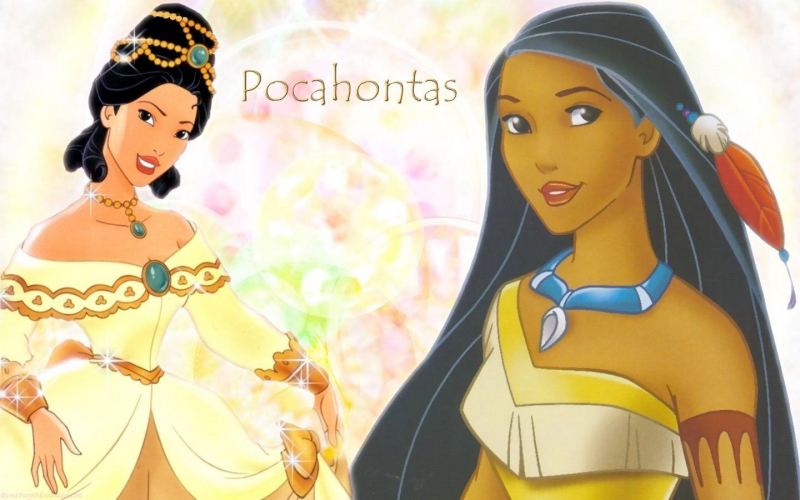
en.m.wikipedia.org 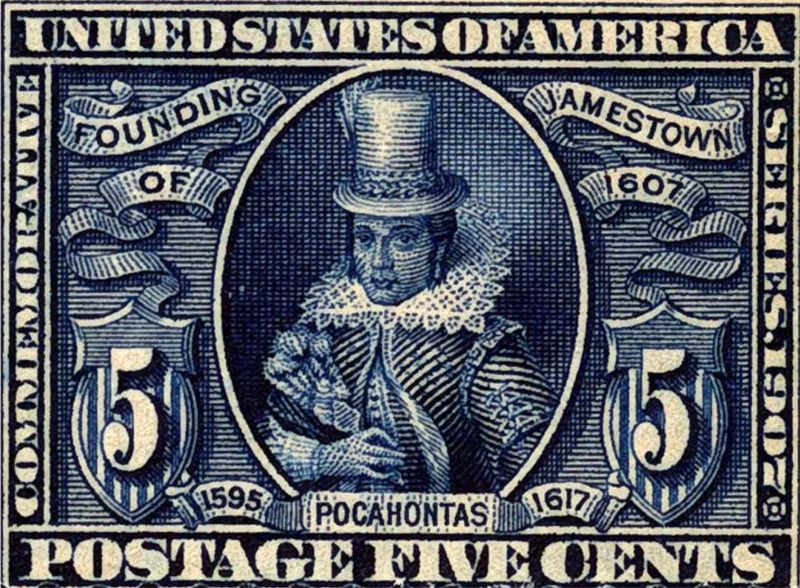
en.m.wikipedia.org























